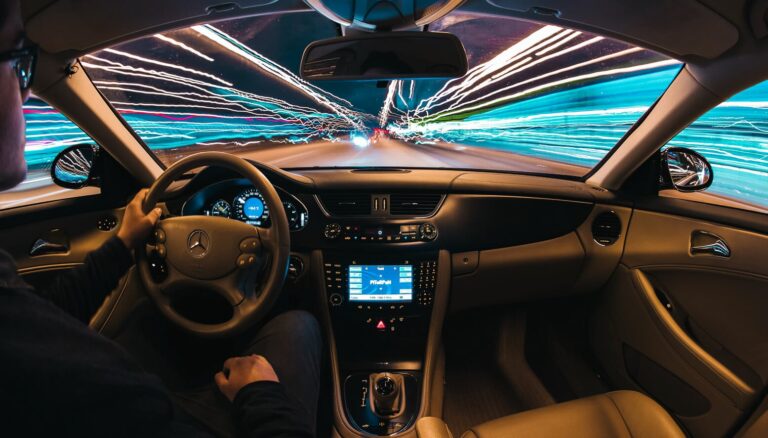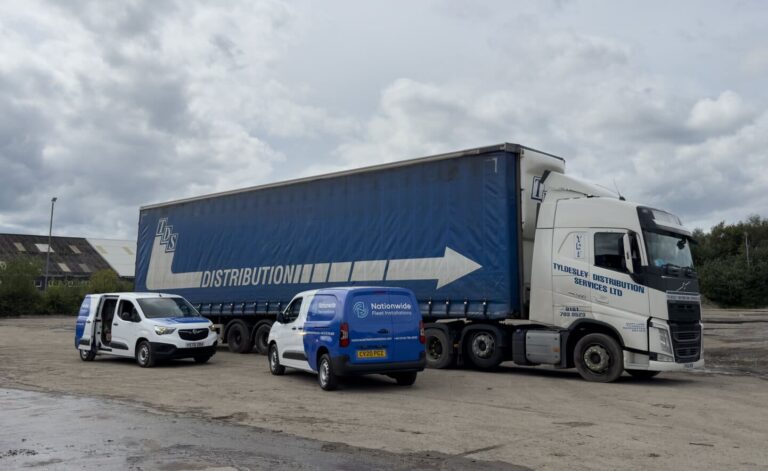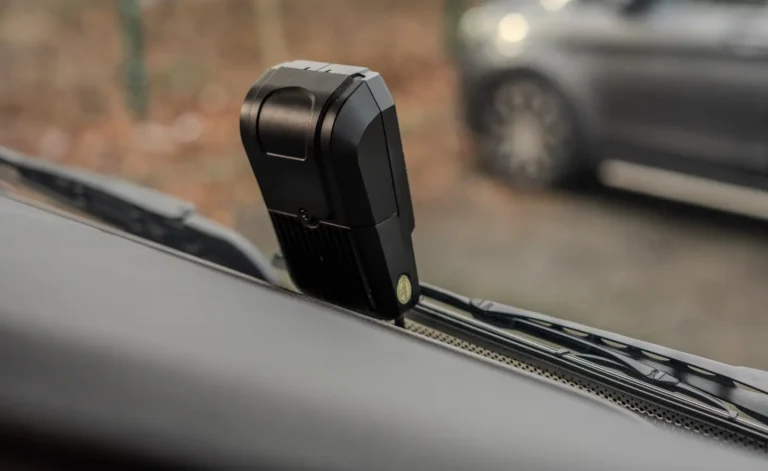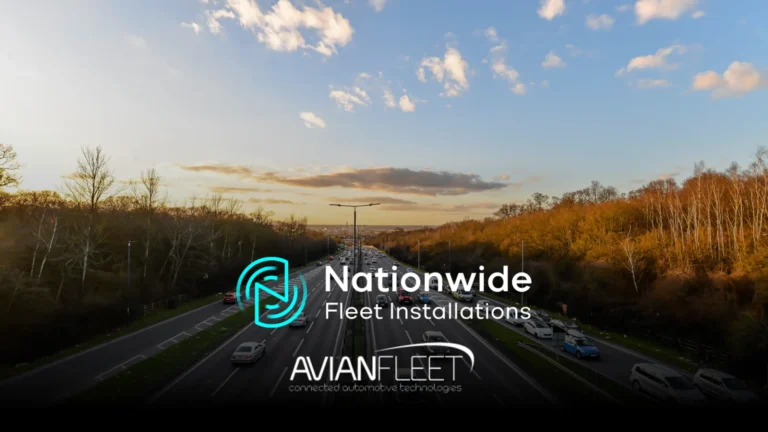Clear Vision, Safer Roads
The Direct Vision Standard (DVS) is a key piece of vehicle safety legislation, implemented by Transport for London in March 2021. It measures how much HGV drivers can see directly through their cab windows, with vehicles rated on a scale of 0 to 3 stars. This indicates the level of risk to vulnerable road users caused by the lack of direct visibility from HGV drivers.
DVS guidelines have helped reduce the number of collisions between HGVs and other road users, saving thousands of lives in the process. Like any legislation, it is subject to change as more data becomes available. At a recent consultation with Transport for London, new measures were brought in to promote even greater levels of road safety across the capital.
What Has Changed Under the Latest DVS Guidance?
Under the current legislation, HGVs rated at 0-stars are required to install the Progressive Safe System to bring their in-cab visibility up to an acceptable level for road safety. When the new DVS rules come into force in October 2024, that requirement will be extended to all HGVs rated below three stars.
What Is the Progressive Safe System?
The Progressive Safe System utilises a variety of cameras, sensors, and other vehicle technology to enhance an HGV driver’s field of vision without altering the design or positioning of the cab itself. External cameras and proximity sensors are connected to internal monitors to improve the driver’s indirect vision, giving them a greater awareness of other road users and their immediate surroundings.
These are some of the common components of the Progressive Safe System:
Camera Monitoring Systems (CMS): under the new guidance, any CMS fitted to an HGV must eliminate any remaining blind spots with a direct feed to an in-cab monitor. This will provide drivers with a visual alert of any vulnerable road users approaching in their blind spot area.
Left-turn Warning Systems: all HGVs must be fitted with sensors that provide full coverage along the nearside of their vehicle. Importantly, these sensors must only be triggered by nearby road users and not roadside furniture or stationary vehicles.
Moving Off Information Systems (MOIS): the frontal blind spot can be a major hazard for an HGV moving off from rest. The appropriate MOIS will sense the presence of another vehicle in that blind spot, limiting the risk of a collision.
Audio warning systems: these need to be fitted to all HGVs to warn pedestrians and road users of their intent to start a particular road manoeuvre.
The Complexity of DVS Compliance
To meet the DVS standards, thousands of fleets have had to retrofit components to their vehicles, enhancing lines of vision from the cab. For several years, Nationwide Fleet Installations has been at the forefront of this transformation, helping fleets achieve DVS compliance with precision and expertise.
Expertise to Ensure Optimal Installations
The sophistication of the Progressive Safe System demands highly trained engineers to position and calibrate AI-enabled cameras correctly. Our dedicated team possesses the necessary skills to install this advanced system with meticulous attention to detail, ensuring it endures the challenges of heavy use.
Nationwide Fleet Installations: Your DVS Compliance Partner
As the DVS regulations are set to impact over 150,000 vehicles, it’s essential to partner with an installation expert that understands the intricacies of the Progressive Safe System. Nationwide Fleet Installations boasts nearly 30 years of experience and a proven track record in delivering high-quality installations and exceptional service.
If you seek a reliable and experienced partner to complete DVS installations for your fleet, contact Nationwide Fleet Installations today.







